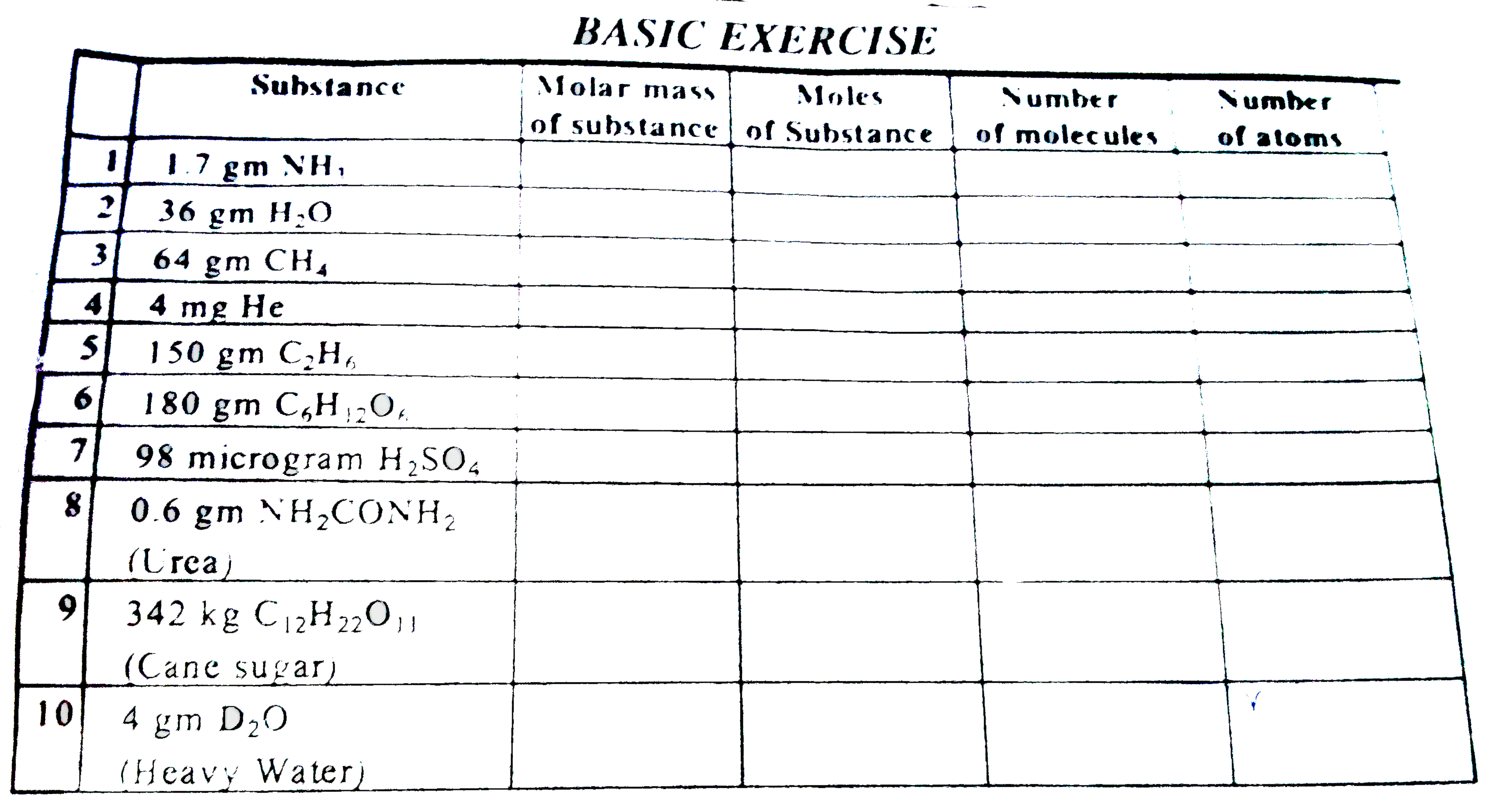CaCO3(s)⇔CaO(s)+CO2(g)
At equilibrium in the above case, 'a' moles of CaCO3,'b' moles of CaO and 'c' moles of CO2 are found. Then, identify the wrong statement :
Moles of CaCO3 will decrease with the addition of inert gas at constant pressure
Moles of CaCO3 will remain constant with the increases in volume.
If volume of the vessel in halved, then moles of CaCO3 will increases
Moles of CaO will decreases with the increases in pressure.
The correct Answer is:2
To solve the question, we need to analyze the equilibrium reaction and the statements provided. The reaction is:
CaCO3(s)⇌CaO(s)+CO2(g)
At equilibrium, we have 'a' moles of CaCO3, 'b' moles of CaO, and 'c' moles of CO2. We need to identify the wrong statement among the options given.
Step 1: Understand the Reaction and Equilibrium
- The reaction involves solid calcium carbonate decomposing into solid calcium oxide and gaseous carbon dioxide.
- At equilibrium, the amounts of reactants and products remain constant.
Step 2: Analyze the Change in Moles (ΔNG)
- The change in the number of moles of gas (ΔNG) is calculated as:
ΔNG=moles of gaseous products−moles of gaseous reactants
- In this reaction, we have:
- Gaseous products: CO2 (c moles)
- Gaseous reactants: None (0 moles)
Therefore,
ΔNG=c−0=c
Step 3: Apply Le Chatelier's Principle
- Since ΔNG is positive (c > 0), according to Le Chatelier's principle, if we increase the volume (or decrease the pressure), the equilibrium will shift to the right to produce more CO2, which means more CaCO3 will decompose.
Step 4: Evaluate Each Statement
1. Statement 1: "Moles of CaCO3 will decrease with the addition of inert gas at constant pressure."
- Evaluation: This statement is correct. Adding an inert gas at constant pressure increases the volume, shifting the equilibrium to produce more CO2, thus decreasing CaCO3.
2. Statement 2: "Moles of CaCO3 will remain constant with increase in volume."
- Evaluation: This statement is incorrect. Increasing the volume shifts the equilibrium to the right, leading to a decrease in CaCO3.
3. Statement 3: "If volume of the vessel is halved, then moles of CaCO3 will increase."
- Evaluation: This statement is correct. Halving the volume increases pressure, shifting the equilibrium to the left, thus increasing CaCO3.
4. Statement 4: "Moles of calcium oxide will decrease with increase in pressure."
- Evaluation: This statement is correct. Increasing pressure shifts the equilibrium to the side with fewer gas moles, which is the left side (CaCO3), leading to a decrease in CaO.
Conclusion: The wrong statement is Statement 2.
- The reaction involves solid calcium carbonate decomposing into solid calcium oxide and gaseous carbon dioxide.
- At equilibrium, the amounts of reactants and products remain constant.
- The change in the number of moles of gas (ΔNG) is calculated as:
ΔNG=moles of gaseous products−moles of gaseous reactants
- In this reaction, we have:
- Gaseous products: CO2 (c moles)
- Gaseous reactants: None (0 moles)
Therefore,
- Since ΔNG is positive (c > 0), according to Le Chatelier's principle, if we increase the volume (or decrease the pressure), the equilibrium will shift to the right to produce more CO2, which means more CaCO3 will decompose.
1. Statement 1: "Moles of CaCO3 will decrease with the addition of inert gas at constant pressure."
- Evaluation: This statement is correct. Adding an inert gas at constant pressure increases the volume, shifting the equilibrium to produce more CO2, thus decreasing CaCO3.
- Evaluation: This statement is incorrect. Increasing the volume shifts the equilibrium to the right, leading to a decrease in CaCO3.
- Evaluation: This statement is correct. Halving the volume increases pressure, shifting the equilibrium to the left, thus increasing CaCO3.
- Evaluation: This statement is correct. Increasing pressure shifts the equilibrium to the side with fewer gas moles, which is the left side (CaCO3), leading to a decrease in CaO.
Topper's Solved these Questions
- BOOK - RESONANCE ENGLISHCHAPTER - CHEMICAL EQUILIBRIUMEXERCISE - INORGANIC CHEMISTRY(Metallurgy)40videos
CHEMICAL EQUILIBRIUM
- BOOK - RESONANCE ENGLISHCHAPTER - CHEMICAL EQUILIBRIUMEXERCISE - ORGANIC CHEMISTRY(Alkyl Halide, Alcohol,Phenol,Ether)27videos
CHEMICAL EQUILIBRIUM
- BOOK - RESONANCE ENGLISHCHAPTER - CHEMICAL BONDINGEXERCISE - ORGANIC CHEMISTRY(Fundamental Concept )6videos
CHEMICAL BONDING
- BOOK - RESONANCE ENGLISHCHAPTER - D & F-BLOCK ELEMENTS & THEIR IMPORTANT COMPOUNDS EXERCISE - Match the column1videos
D & F-BLOCK ELEMENTS & THEIR IMPORTANT COMPOUNDS
Similar Questions
For CaCO3(s)⇔CaO(s)+CO2(g),Kc is equal to …………..
View SolutionFor CaCO3(S)⇔CaO(s)+CO2(g),ΔH = + Q at equilibrium. The addition of more CaCO3(s) causes?
View SolutionThe reaction CaCO3(s)⇔CaO(s)+CO2(g) reaches the state of equilibrium when
View Solution
5 moles of CaCO3 on heating yeilded 2 moles of CO2 .Find % yield of reaction.View SolutionFind the :
number of moles in 10 g of CaCO3.View SolutionFor the reaction CaCO3(s)⇔CaO(s)+CO2(g) the equilibrium amount of CO2 can be increased by :
View SolutionCaCO3⇔CaO+CO2 reaction in a lime kiln goes to completion because
View SolutionCaCO3⇔CaO+CO2 reaction in a lime kiln goes to completion because
View SolutionFor CaCO3(s)→CaO(s)+CO2(g) at 977∘C,ΔH=174 KJ/mol , then ΔE is :-
View SolutionA 200 gm sample of CaCO3 having 40 % purity is heated. Find
moles of CO2 obtained.View Solution

